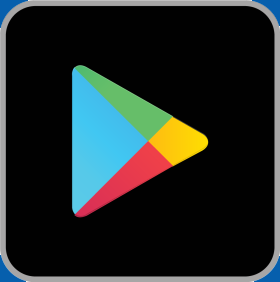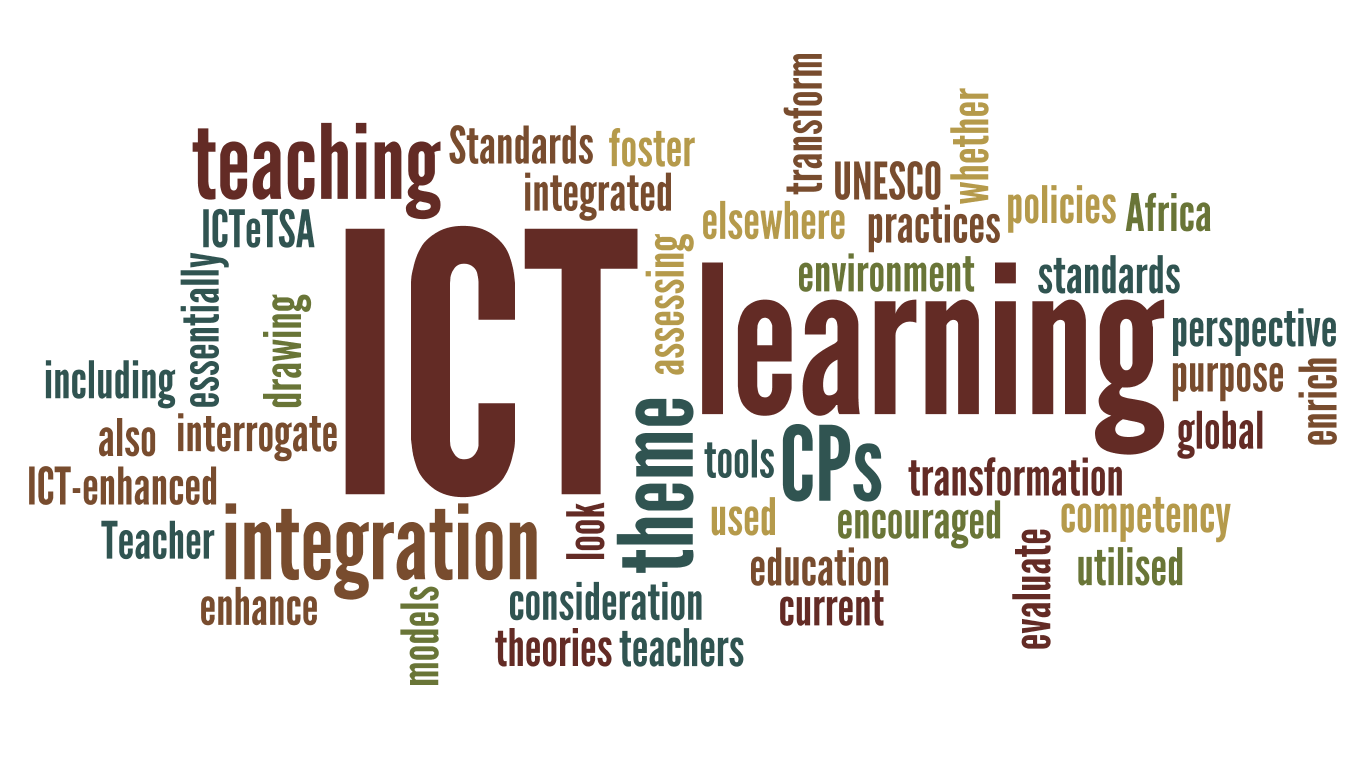
Making Learning Fun: Gamification for Engaging Assessments
You might have heard about the term ‘gamification’ before. But what is gamification and how can we, as educators in Myanmar, apply the concept in our classrooms? Gamification is using of game-like elements, such as points, challenges, and rewards, to make activities or learning more engaging and enjoyable. Gamification transforms learning into a thrilling adventure, making students more engaged and excited about assessments. Most teachers know and acknowledge the value of in-classroom educational games. But what about technology-based gamification? Technology-based gamification is a simple and still cost-effective approach that works wonders when effectively applied, especially for assessment.
You don't need fancy online applications to create your games. There are now so many simple props, ‘Do it Yourself’ (DIY) technology-based games and online game generators are in a lot of cases free and easily accessible. With gamification, you can provide instant feedback through real-time assessment, helping you understand your students' strengths and areas for improvement. Moreover, gamification is inclusive and caters to diverse learning styles and abilities, ensuring no student is left behind.
Regarding freely available resources there are some fantastic options for low-resource teachers. Platforms like Kahoot, Quizlet, and Scratch offer free tools for creating engaging quizzes, flashcards, and coding activities.
To get started with gamification: Take it step by step.
Don't be overwhelmed – begin with simple games or quizzes and build your confidence gradually.
Choose the right tool that suits your classroom's needs and resources.
Keep it simple and free.
Involve your students in the process.
Let them help create games or quizzes, fostering a sense of ownership in their learning journey.
Overcoming the fear of using ICT in the classroom is a crucial step. Don't be intimidated by the technology; embrace the learning journey alongside your students. Understand that mistakes are part of the process, and they offer valuable learning opportunities. Remember that ICT can be intimidating, but it's also a fantastic opportunity for personal and professional growth. Keep learning and improving your skills.





 Facebook
YouTube
Facebook
YouTube







